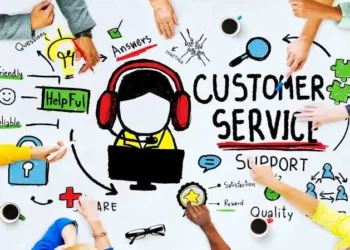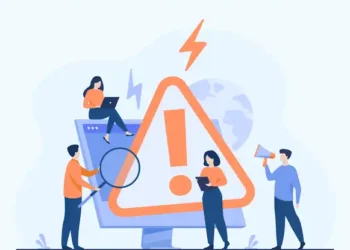With the rate of online stores sprouting up daily, there is a higher percentage of having fake online vendors.
Online vendors make shopping easy and fun especially when your goods are delivered to you; however, this can come with a lot of uncertainty because not all online vendors are verified as some persons have fallen for scams a lot of time.
See ways you can identify fake online vendors:
• Payment Name
When the name of the supposed online vendor is different from the payment name or far from the business name then that Could be a red flag. Payment Name should really with companies name or business owner name.
• Website
A real online vendor should have an active website that has proven to be in existence and not one that was created to scam people. Check for updates and domain names of websites. Also, if there are a lot of typographical errors in the website then it could mean that it was carelessly developed for the sake of fake business.
• Inactive social media accounts
Due to the impact, social media has been making in marketing, there is hardly any online vendor that does not have an online presence.
Check for tags, posts, and comments from customers. From customers’ comments, you can identify if their products are fake or real.
• Recommendations from people
Don’t just rely on the review given by the vendor as they can put up reviews by themselves to make people patronize them. It is better to get a personal recommendation from people who have done business with a particular vendor before.
• Too low prices
When the proof of products seems too good to be true, then the vendor may not be real. When you encounter such products check for the prices in other sites or vendors to be sure that the product you are selling is real.
• Unclear Business policy
Every online vendor they have a clear policy in selling and refunding. If there is no clearly stated refund policy on the vendor’s website, then that vendor could be fake.









